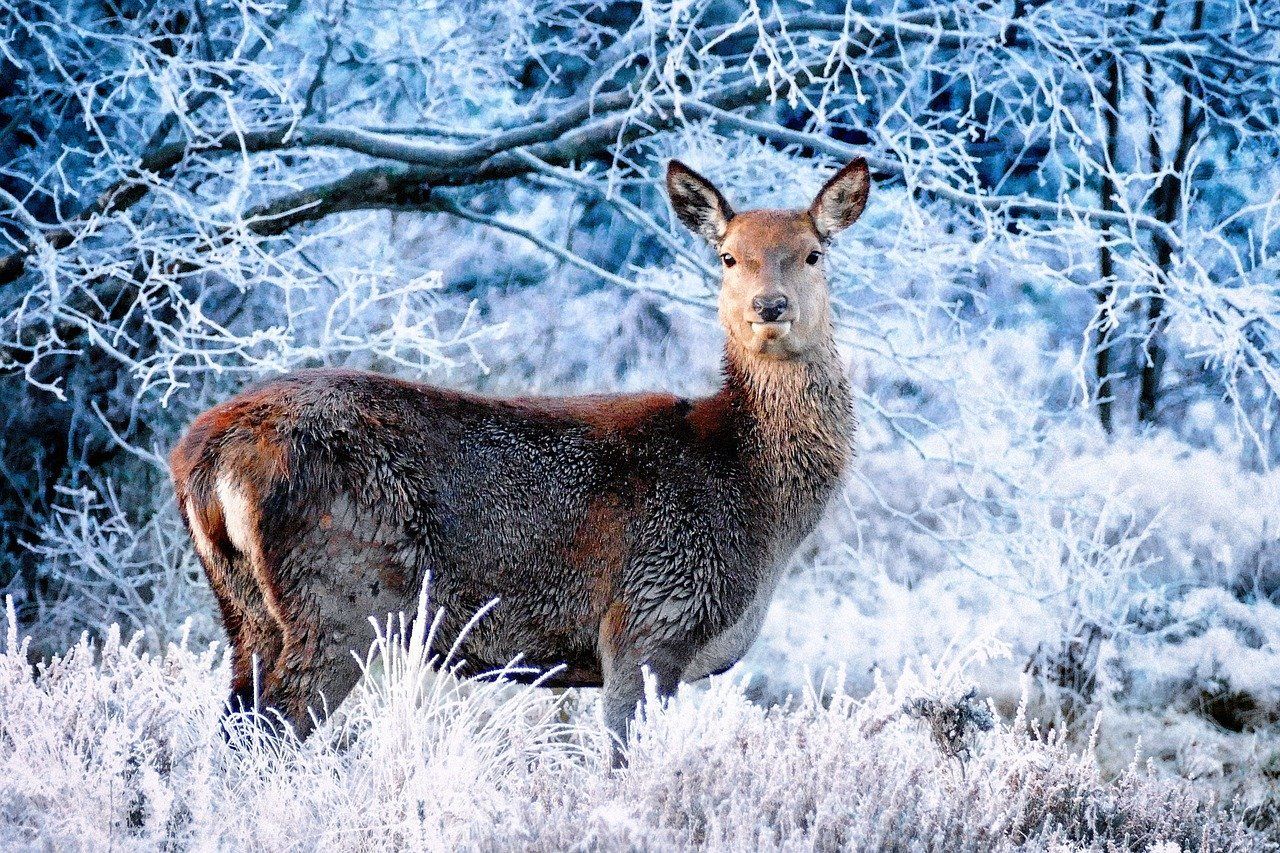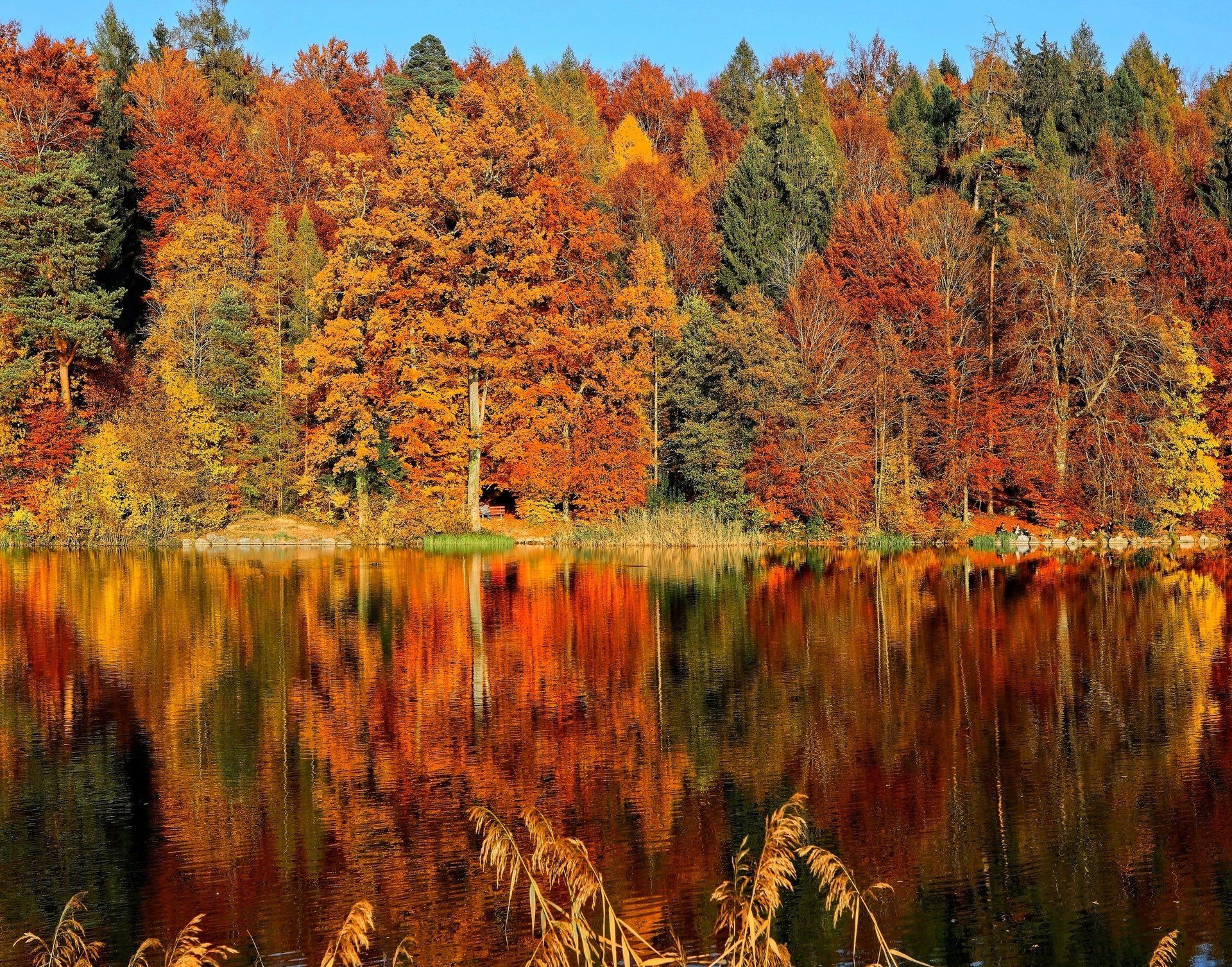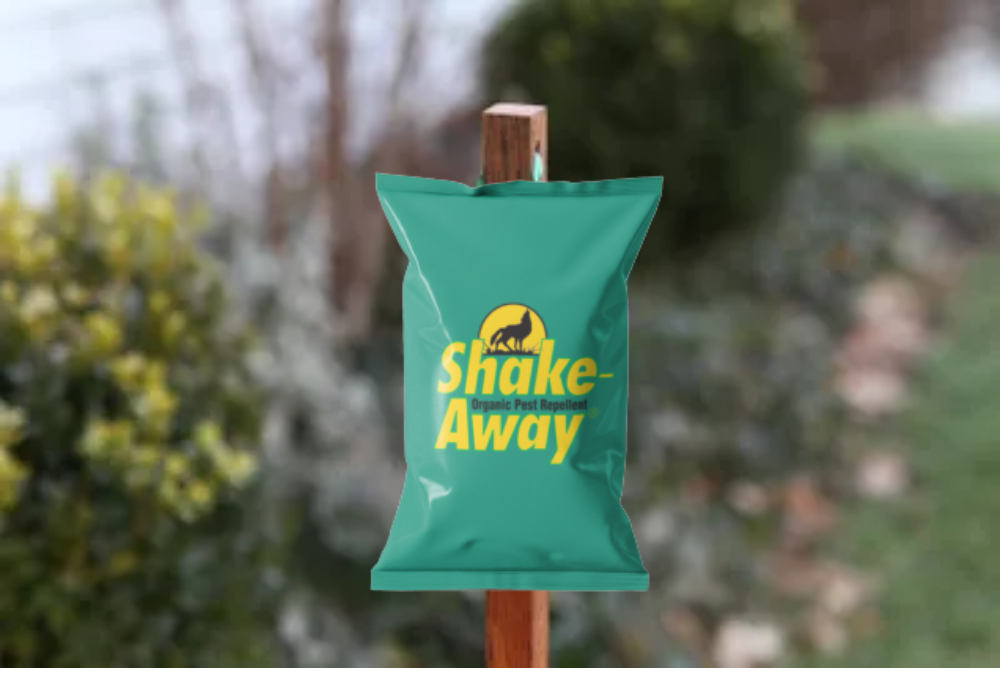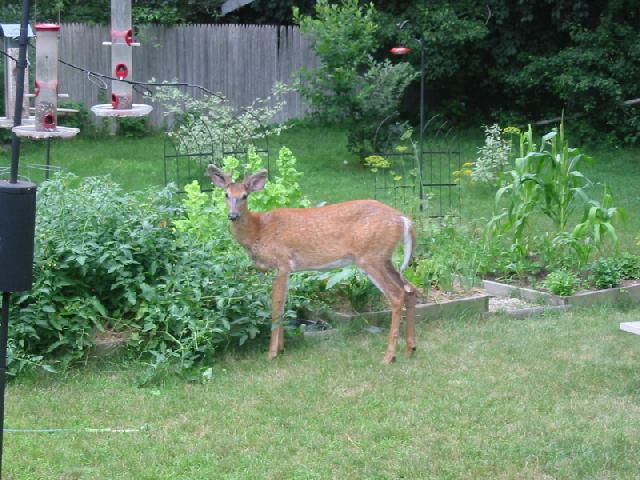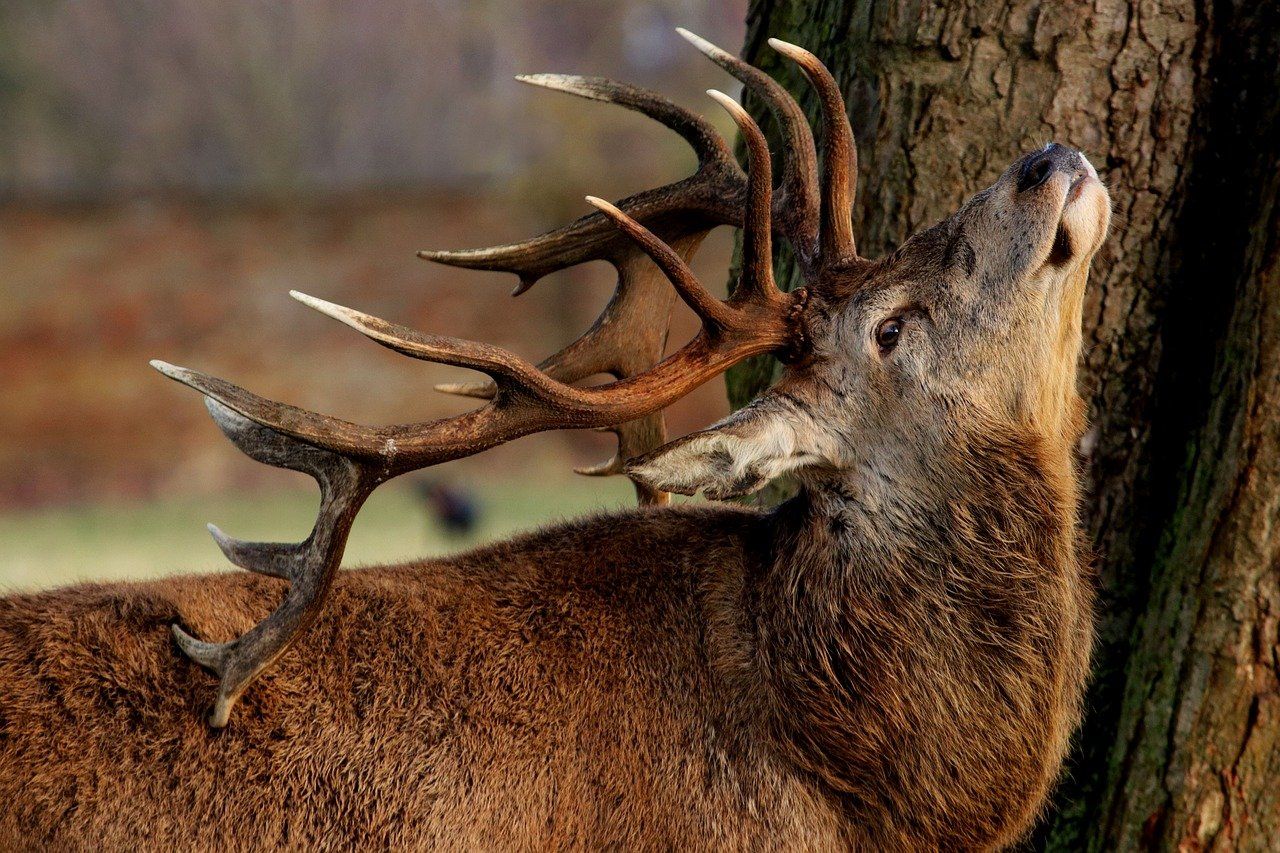Deter Deer in Winter to Avoid Damage in the Spring
Break the Deer Habit of Frequenting Your Property this Winter
It can be quite a joy to look out your window on a snowy evening, only to find several deer meandering through your yard. These beautiful creatures can be relaxing to watch, but unfortunately, it’s rare that they will simply pass through your yard without taking some time to forage for potential food sources. The fact is, unlike other animals that can store up food during the fall, deer need to eat every day.
The winter is a stressful time for deer. Though they can eat quickly and then retreat to a safer place to digest their recent meal, the winter weather can really take its toll on their energy levels. Deer will seek out mast (acorns) that have fallen to the ground during the fall, and when that isn’t available, they will turn to twigs, plant stems, grasses, and other plants. This makes your yard a perfect target for deer of all ages to forage for their next meal. And this activity can create a lot of damage that won’t likely come to light until sometime in the spring after the snow has melted and the ice has thawed.
Prevent spring damage with these three tips
Deer are well known to cause significant damage to your yard during the winter. When food becomes less available, they will seek out trees and shrubs. They will eat evergreen leaves, plants, shoots, saplings, and evergreen leaves. This means that your trees and shrubs can become completely stripped of new growth or any buds that were there, to begin with.
Homeowners and gardeners that take the time to follow these x tips will be rewarded in the spring when they don’t have to correct the damage created from poor winter observation.
- Wrap your trees - Breathable tree tape is a popular tool to defend your trees from rutting. These wraps are usually made from burlap or paper and can protect tree bark from both sun scalding as well as cracks from frost. Just make sure that these wraps are promptly removed in the spring.
- I nstall a deer fence - Deer fences, also commonly referred to as deer enclosures, are a great way to keep deer contained to, or out of, a designated area. Most deer fences are made out of wood, but it is not uncommon to see these fences constructed from metal or plastic.
- Use a natural deer repellent - Deer repellentsare a great way to protect trees and scents from damage through the use of natural scents. Though there are many commercial repellents on the market, the best types of repellents make use of the smell from the deer’s natural predator, the coyote. Repellents that leverage coyote urine work effectively to deter deer when they are hung from trees and throughout the yard.
Using a natural deer deterrentin addition to wrapping your trees and installing a deer fence is the most effective strategy. The deterrent will work to keep most deer away, but the wraps and fence will ensure that even the most persistent of animals keep their distance and move on to another food source. Further, these three recommendations are the least intrusive and most economical as deer fencing can be used year over year, and repellent packs and tree wraps are quite affordable.

